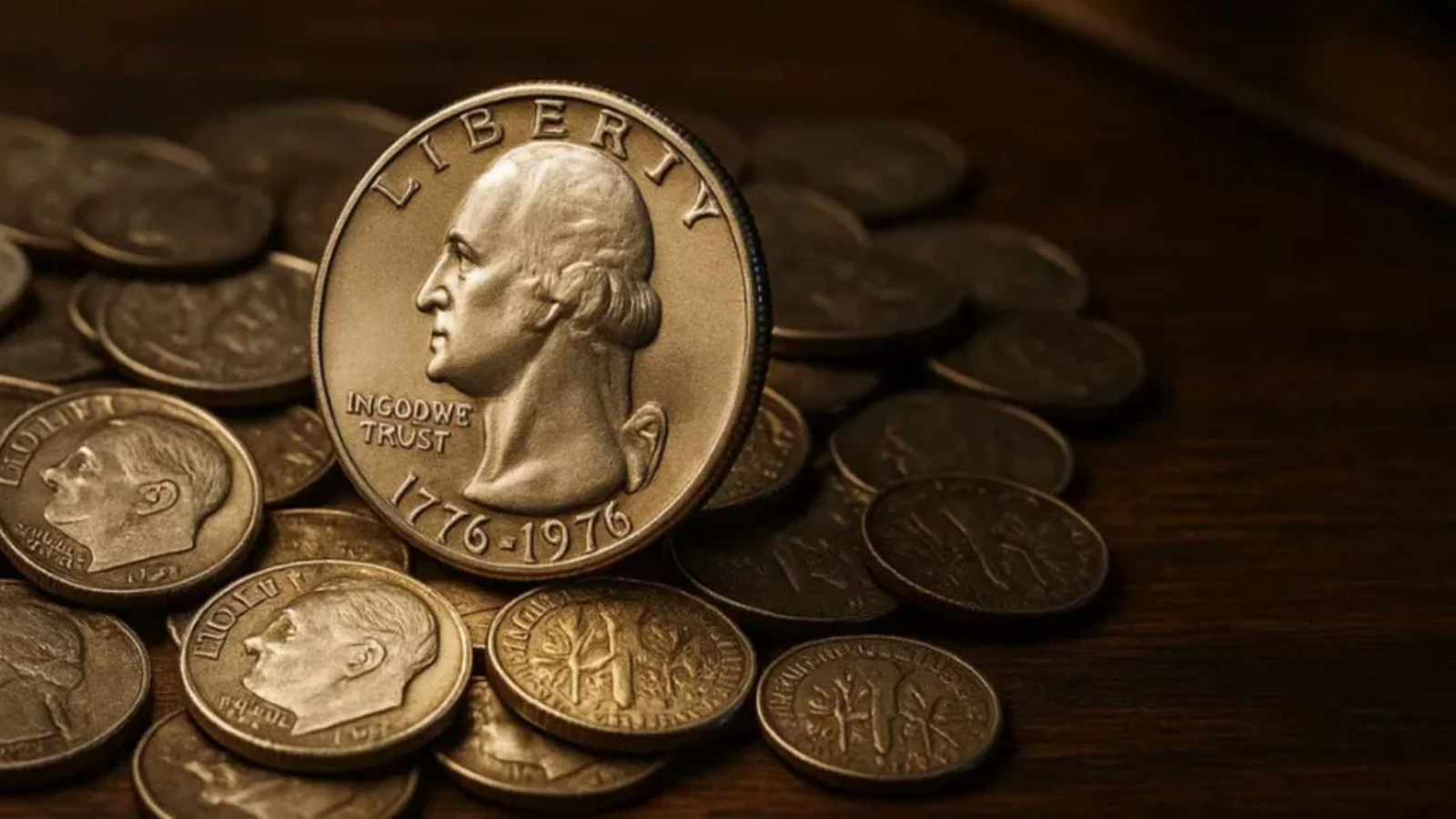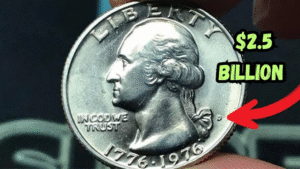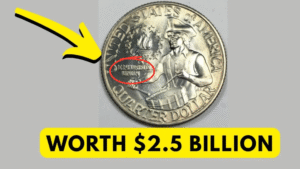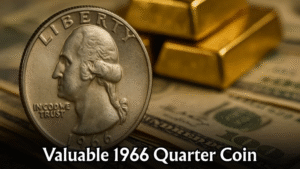$58 Million Dime or Bicentennial Quarter: Imagine finding a dime or quarter in your pocket worth $58 million! Some rare dimes and a special 1976 Bicentennial Quarter are making waves in the coin-collecting world due to their incredible value. These coins, still possibly in circulation, are treasures because of their rarity and unique features. This guide explains what makes them so valuable, how to spot them, and why collectors are excited. Check your change—you might be holding a fortune!
What Are These Rare Coins?
The coins in question are specific dimes and a 1976 Bicentennial Quarter. Dimes are 10-cent coins, often featuring designs like Lady Liberty or Franklin D. Roosevelt. The Bicentennial Quarter, a 25-cent coin, was minted in 1975 and 1976 to celebrate America’s 200th birthday. It shows George Washington on the front and a colonial drummer on the back, designed by Jack L. Ahr. Most of these coins are common, but rare versions with errors or special traits can be worth millions.
Why Are These Coins Worth $58 Million?
The $58 million price tag applies to ultra-rare dimes and a unique Bicentennial Quarter. Here’s why they’re so valuable.
Extremely Limited Production
Some dimes, like the 1894-S Barber Dime, had very few made—only 24 exist! The Bicentennial Quarter in question might be a rare prototype or error coin, with only a handful known.
Minting Mistakes
Errors like doubled designs, missing mint marks, or coins struck on the wrong metal (like silver instead of copper-nickel) make these coins unique. For example, a 1976 Bicentennial Quarter struck on a 90% silver planchet is a collector’s dream.
Perfect Condition
Coins in near-perfect shape, graded MS-68 or higher by PCGS or NGC, fetch huge prices. A flawless coin with sharp details is worth far more than a worn one.
Historical Value
These coins tie to key moments in U.S. history, like the 1976 Bicentennial celebration or the early days of U.S. coinage, making them emotionally and historically significant.
How to Spot These $58 Million Coins
Could you have one? Here’s how to check your dimes and quarters:
- Dime Dates: Look for key years like 1894-S (Barber Dime), 1916-D (Mercury Dime), or 1975 No-S (Roosevelt Dime). The mint mark (like “S” for San Francisco) is usually near the date or on the back.
- Quarter Date: Check for 1975 or 1976 with “1776-1976” on the front. No mint mark means Philadelphia; “D” is Denver; “S” is San Francisco.
- Minting Errors: Use a magnifying glass to spot doubled text, missing mint marks, or off-center designs.
- Material: Silver coins have a solid edge, not a copper stripe. A 1976 quarter on silver weighs about 6.25 grams, not 5.67 grams like clad coins.
- Condition: Look for shiny, unworn coins with clear details.
Never clean coins—it lowers their value! If you find a potential treasure, take it to a professional grader like PCGS or NGC.
Value of Rare Dimes and Bicentennial Quarters
Here’s a table of estimated values for key coins based on recent data:
| Coin | Description | Estimated Value (Circulated) | Estimated Value (Uncirculated) |
|---|---|---|---|
| 1894-S Barber Dime | Only 24 minted, San Francisco | $500,000–$1,000,000 | $2,000,000–$20,000,000 |
| 1916-D Mercury Dime | Low mintage, Denver | $500–$5,000 | $50,000–$500,000 |
| 1975 No-S Roosevelt Dime | Missing mint mark, proof | $100,000–$450,000 | $500,000–$2,000,000 |
| 1976 Bicentennial Quarter (Silver Error) | Struck on silver planchet | $1,000–$10,000 | $50,000–$58,000,000 (if verified) |
Note: Prices vary with market trends and grading. Data from Heritage Auctions and PCGS.
Tips for Finding and Selling Your Coins
These coins could still be in circulation, hiding in change, coin rolls, or old jars. Check these spots:
- Loose change or bank rolls
- Family coin collections or piggy banks
- Flea markets or estate sales
If you find a promising coin, handle it by the edges and store it in a soft plastic holder. Get it authenticated by a grading service to confirm its value. Sell through trusted coin dealers, auction houses like Heritage Auctions, or platforms like eBay. Watch out for fakes—counterfeiters target high-value coins, so always verify with experts.
Conclusion
A $58 million dime or 1976 Bicentennial Quarter could be hiding in your pocket, waiting to change your life. Their rarity, errors, and historical significance make them collector’s treasures. With a keen eye and a bit of luck, you might uncover one of these gems. Grab a magnifying glass and start checking your change today—you could be holding a piece of history worth millions!
FAQ
How do I know if my dime or quarter is worth $58 million?
Check the date (1894-S, 1916-D, 1975 No-S for dimes; 1975/1976 for quarters), mint mark, and look for errors like doubled text or a silver edge. Get it graded by PCGS or NGC.
Are all Bicentennial Quarters valuable?
No, most are worth 25 cents unless they have rare errors (like a silver planchet) or are in perfect condition.
Has a Bicentennial Quarter sold for $58 million?
No public sale has reached $58 million, but experts estimate a verified silver-error coin could fetch this amount.
Where can I sell these rare coins?
Try trusted coin dealers, auction houses like Heritage Auctions, or eBay after professional grading.
Can I still find these coins in circulation?
Yes, it’s rare but possible in change, coin rolls, or old collections since they’re still legal tender.



